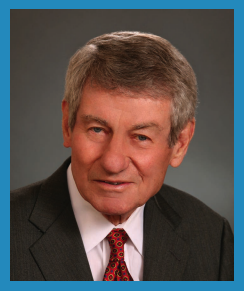The Joint Commission on Hospital Accreditation released mandatory rules to help prevent wrong-site surgery. The rules include standards on preoperative verification of patient information, the marking of the proper surgical site as well as taking “time out” to verify this information prior to the procedure.
According to a recent Washington Post article, some researchers and patient safety experts have noted that the occurrence of wrong-site surgery has not improved and may actually be worsening. Officials of the Joint Commission approximate that wrong-site surgeries take place 40 times a week in United States hospitals and clinics. In 2010, there were 93 reported cases of wrong-site surgeries; compared to 49 in 2004.
Former New York State health commissioner, and Joint Commission President, Mark Chassin, stated that such medical errors may be rising partially due to increased time pressures. Mr. Chassin also said that preventing wrong-site surgery is difficult to eradicate since doctors usually value their independence, resist checklists and underestimate their likelihood of making a mistake. Safety expert and Medical Director of the Johns Hopkins Center for Innovation in Quality Patient Care, Peter Pronovost, noted that studies of wrong-site errors have repeatedly showed a failure of physicians to participate in a “timeout” before beginning surgery to confirm patient identity, information, and surgical site.
A process of altering the culture at hospitals and getting medical professionals to change their routines and habits to limit the number of errors is required. Wrong-site surgical mistakes are considered to be preventable, and, are therefore, categorized as “never events” since they should never happen.
As New Jersey surgical error attorneys, we understand the physical, emotional and financial consequences that surgical mistakes cause. If you were harmed as a result of surgical error, call us at 973-845-4421 for a no-cost consultation.

